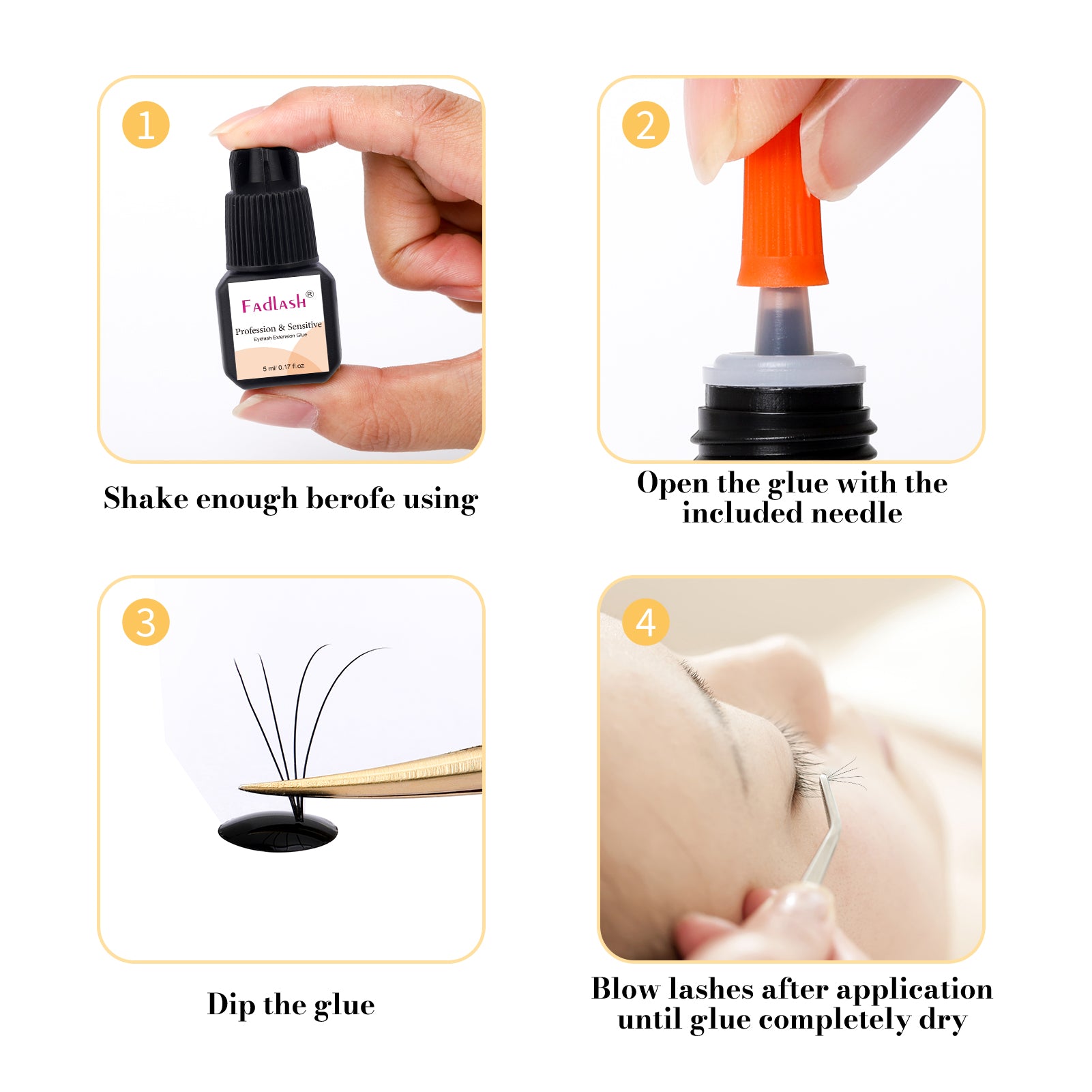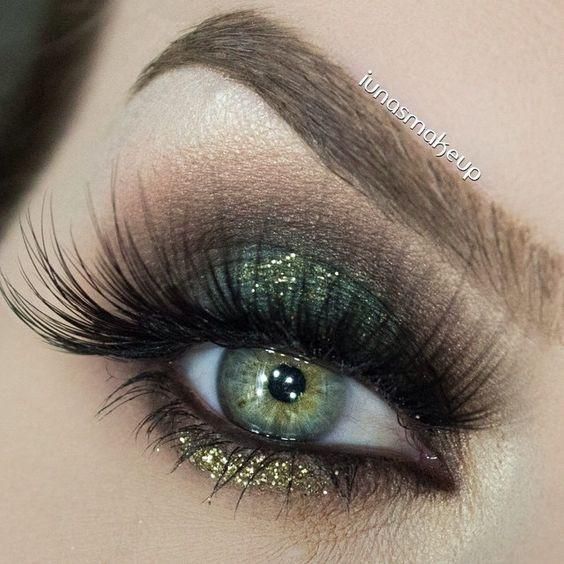Fun Fact About Lashes
Interestingly, eyelashes begin to grow before we are even born, so babies are born with eyelashes. Eyelashes are made up of 97% keratin and 3% water. Keratin is a protein commonly found in hair, skin, nails and natural silk. In their natural state, eyelashes stop growing at a certain point and fall out on their own. If lashes are removed, it takes about seven to eight weeks for them to grow back, but constant removal of lashes may cause permanent damage to the eyelash follicle and the lashes will no longer grow. Eyelashes have a growth cycle and approximately every 150 days, our eyelashes shed and grow back.
On average, humans have 90 to 150 lashes on the upper eyelid and about 70 to 80 lashes on the lower eyelid. Between 1 and 5 lashes are shed each day. The number of lashes varies from person to person depending on a number of factors including genetics, nutritional conditions, health and personal maintenance. Teenagers naturally have longer and fuller lashes than mature adults. They also have a shorter regrowth period.
What is the purpose of eyelashes?
We, and many mammals and birds, have evolved eyelashes that extend beyond the eye socket (cold-blooded animals do not have eyelashes), and their primary physiological function is to protect the precious eye. The camel, known as the desert boat, relies heavily on its long eyelashes and thick eyelids to protect it from the sand and sun. An important function of human eyelashes includes reducing the evaporation of water from the eyes (up to 50% according to estimates) by forming a deflective barrier that picks up air currents to the eyes, reducing the ability of air currents to blow directly on the eyes, thus effectively curbing dry eyes. There are also many dust particles in the air, and dust particles are contaminated with curable bacteria, which the barrier formed by the eyelashes also serves to screen out. Eyelashes can also shield the eye from the direct stimulation of sunlight. Eyelashes are sensitive and can sense external pressure or touch changes, so they can quickly close the eyelid when a foreign object (such as sweat) is near, protecting the eye (you can gently hold a clean finger near the eyelash to feel this protective effect). As you can see, eyelashes can be really beautiful and useful.
What is the right length for eye lashes?
How long are the eyelashes that work best to reduce evaporation and filtering? Scientists have observed many animals, from hedgehogs to giraffes, and found that the eyelashes of at least 22 mammals are one-third the width of their eyes. Humans should also follow this one-third rule, at least in reality we all notice the fact that the larger the eyes the longer the lashes.
Why such a rate of one-third?
The scientists made a model eye with a small dish filled with water and a plastic strip that simulates an eyelash, using a miniature fan to provide airflow. The plastic strip was then adjusted to different lengths to measure the amount of water evaporating from the dish and the number of particles falling into the dish. It was found that the evaporation and the amount of particles reduced were close to the maximum when the length of the plastic strip was one-third of the width of the small dish. If the length of the plastic strip is too long, the gap is too large to achieve the drainage and barrier effect.



